Sustainability
In order to ensure that future generations have the opportunity to enjoy the best seafood that this planet has to offer, Alaska Weathervane Seafood follows strict guidelines for sustainable harvesting. We adhere to the sustained yield principle, outlined in the Alaska State Constitution.
The State of Alaska understood the need for sustainability of her vast replenishable natural resources in 1959, long before Sustainability became the buzzword around the world that it is today. As a result of this strict scientific-based fishery-management, Alaska’s icy waters continue year after year to supply well over 50% of the seafood caught in the United States. Alaska Weathervane Scallops are no exception to this excellence in sustainable management.
The Constitution of the State of Alaska, 1959
Section 8.4 – Sustained Yield.
Fish, forests, wildlife, grasslands, and all other replenishable resources belonging to the State shall be utilized, developed, and maintained on the sustained yield principle, subject to preferences among beneficial uses.

100% Observers
Onboard observers are a requirement to fish Scallops in Alaska (except Cook inlet) since 1993. These observers report to Alaska Department of Fish & Game (ADFG) all catches and bycatches of other non-scallop species. Using this observer tool with the cooperation of the fishermen ADFG is able to manage the scallop quotas it sets almost to the pound. The observers insure that crab limits (the largest bycatch) are not exceeded. The Scallop Captains cooperate and trade this observed data and are able to avoid areas of high crab densities. This in-season management the observers allow ADFG is crucial so that managers can determine the health of a bed, real time. Another benefit of the onboard observer program is the scientific data collected not only of scallops but of other species as well. These onboard observers have no cost burden on the State, as the cost is past to the fishing vessels.
How are quotas set?
Below is an excerpt from the 2008 Stock Assessment and Fishery Evaluation (SAFE) Report for the Weathervane Scallop Fishery off Alaska:
Stock Assessments and Seasonal GHLs. ADF&G manages the scallop fishery conservatively, with scallop fishing prohibited in large areas known to contain scallops (4.3), and onboard observers required on all vessels operating outside Cook Inlet. Onboard observers transmit summary data to fishery managers thrice weekly or more frequently, and fishing areas may be closed before the GHL is reached due to concerns about localized depletion, trends in CPUE, or bycatch rates. Methods and data used in setting seasonal GHLs vary by region.

